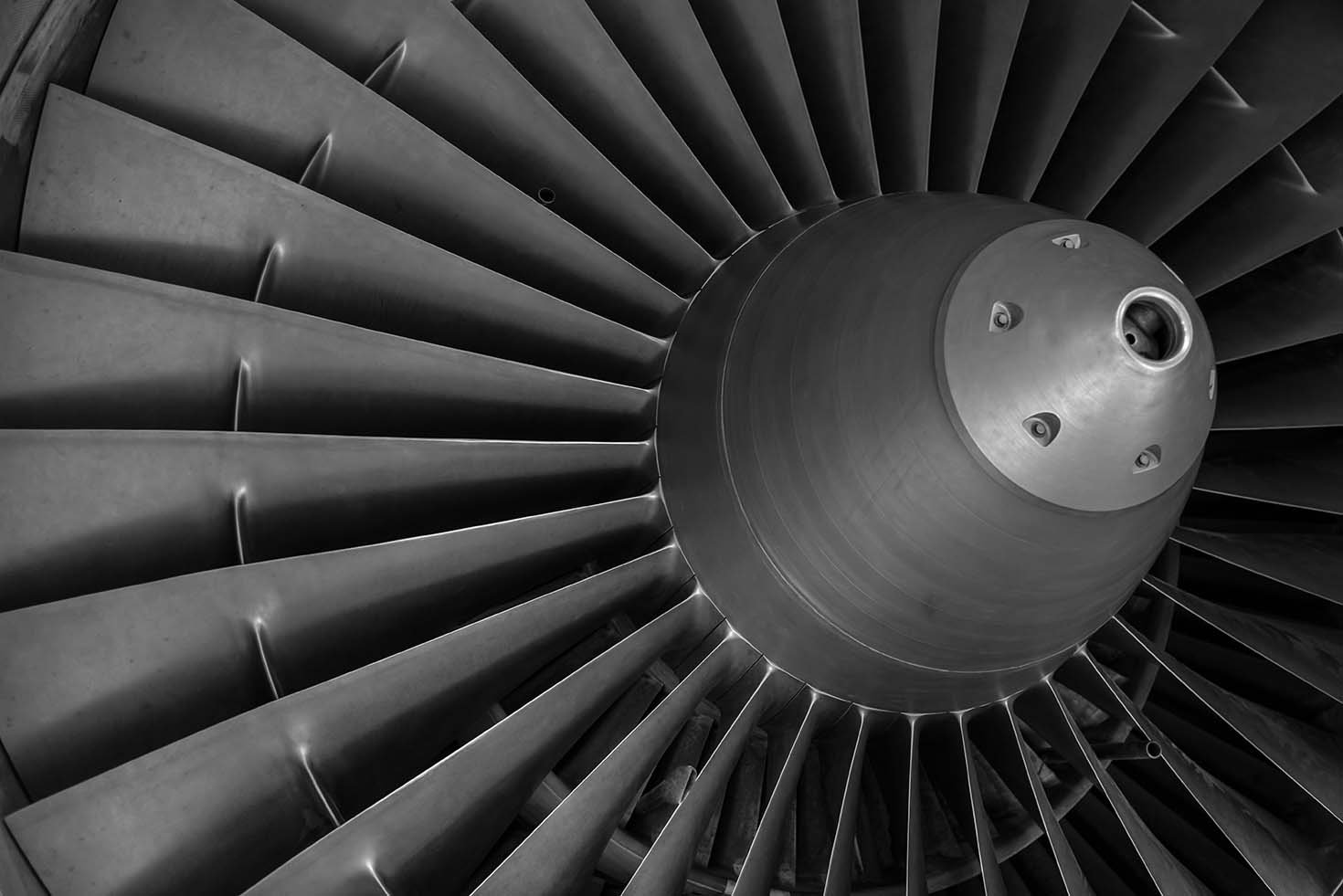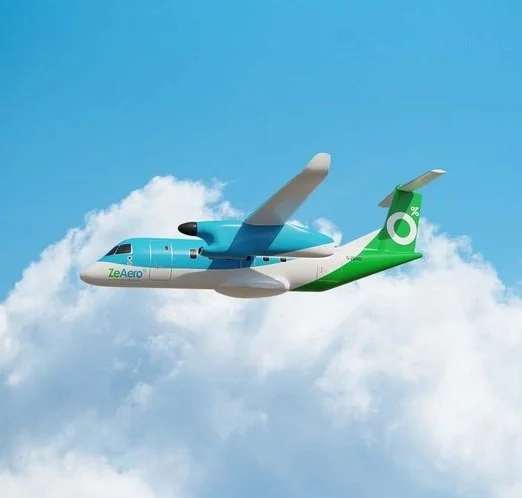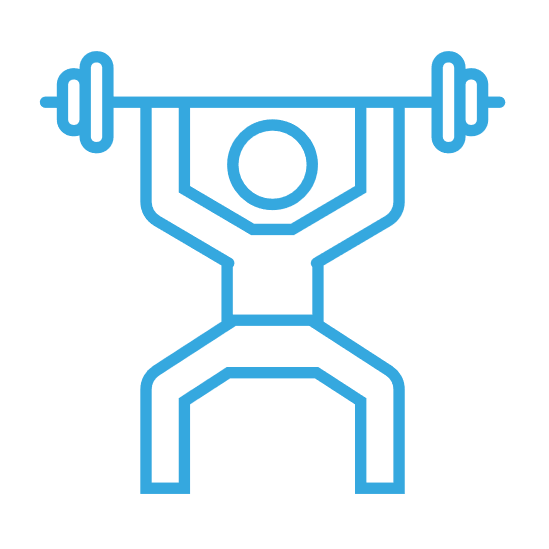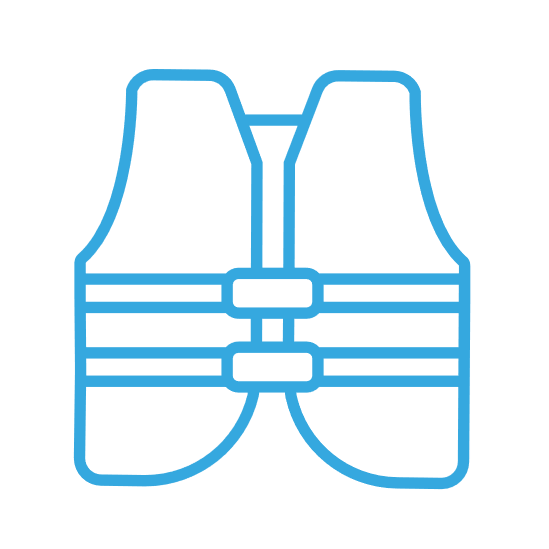
THE SOLUTION
A New Way Forward.
We do not want to pass the aviation emissions problem on to the next generation.
We see that Carbon off-setting for aviation raises more questions than answers, SAF is only a partial solution, and Gaseous Hydrogen and Battery technology have insufficient range potential.
Placing restrictions on flying unnecessarily penalises the prosperity and ability to connect, so is not a real solution either. Doing nothing to find a better technical solution however is passing the problem on to someone else.
Liquid Hydrogen and Fuel Cells have the greatest zero emissions potential.
Why Liquid Hydrogen?
Liquid hydrogen whilst needing specialised storage (at -253°C) and requiring an extra manufacturing step to produce can be stored at low pressures and has less volume than gaseous hydrogen solutions. This means it has significantly superior potential for effective aircraft range compared to battery-electric and gaseous hydrogen. Hydrogen in its liquid form is also a very safe state to store hydrogen on the aircraft.
Hydrogen converted to electricity in fuel cells does not produce CO2 nor NOx, whereas if Hydrogen is burnt in a jet engine it will still produce damaging NOx and create soot that initiates contrails. Care in the design and operation of liquid hydrogen fuel cell aircraft allows us to eliminate CO2 and NOx and avoid contrails, giving us the potential for practical zero emissions flight.
Superior Range
Lower Weight & Good Gravimetric Efficiency
Smaller Volumes
A New Design for a Safe and Performant Hydrogen Powered Future.
Whilst ZeAero% will use a converted aircraft for flight testing and system demonstration, we know very well the significant limitations of existing aircraft designs converted to hydrogen. With the ambition to develop an aircraft that really can replace today’s polluting aircraft, this requires us to create an aircraft with sufficient range, good payload and the highest safety levels possible. This is best achieved with a dedicated new aircraft designed for hydrogen.
New Design for Better Range
New Design for Safety
New Design for Better Payload
New Design for Better Maintenance
Limitations of Hydrogen Aircraft Conversions.
Conversion aircraft have many issues as they were never designed for the installation of hydrogen systems. This includes compromises to fit hydrogen fuel tanks that either take up part of the cabin or are fitted as external tanks like a military aircraft.
The routing of new lines for hydrogen and changes in the mass distribution on converted aircraft impact the aircraft structure and maintenance requirements. The added weight and volumes of the hydrogen systems means there are less seats for fare-paying passengers and reductions in aircraft range.
Designed for superior Payload-Range and Safety.
With innovative technologies and a smart clean sheet architecture to integrate the hydrogen systems much more effectively into the aircraft the ZeAero% aircraft has the best zero emissions performance for its class of aircraft.
Being designed for hydrogen from day one means there is no compromise to the maintenance plan and hydrogen safety is maximized. Leading payload-range allows the aircraft to seamlessly integrate within existing airline networks and reduces infrastructure needs.
Class Leading 1000nm+ Unrefuelled Range
Ability to fly TWO 500nm Sectors without Refuelling
Designed for Exceptional Economics.
But ZeAero% did not stop at simply designing for the best performance, we have also carefully designed for great economics. Even with the worst predicted 2030 hydrogen pricing the ZeAero% aircraft has significantly lower seat mile costs than legacy aircraft in its class.
This enables airlines to profitably offer zero emissions flights at lower prices whilst also avoiding penalising emissions taxation.
Lower Seat Mile Costs
Single Pilot Capable













